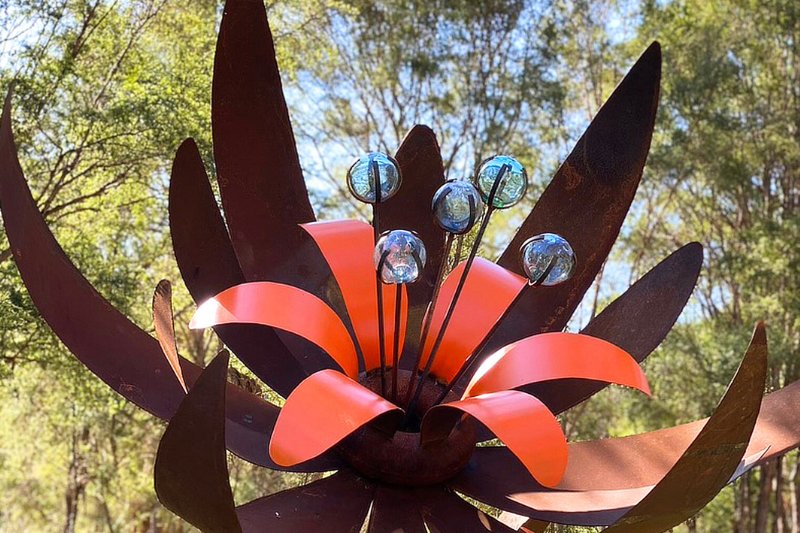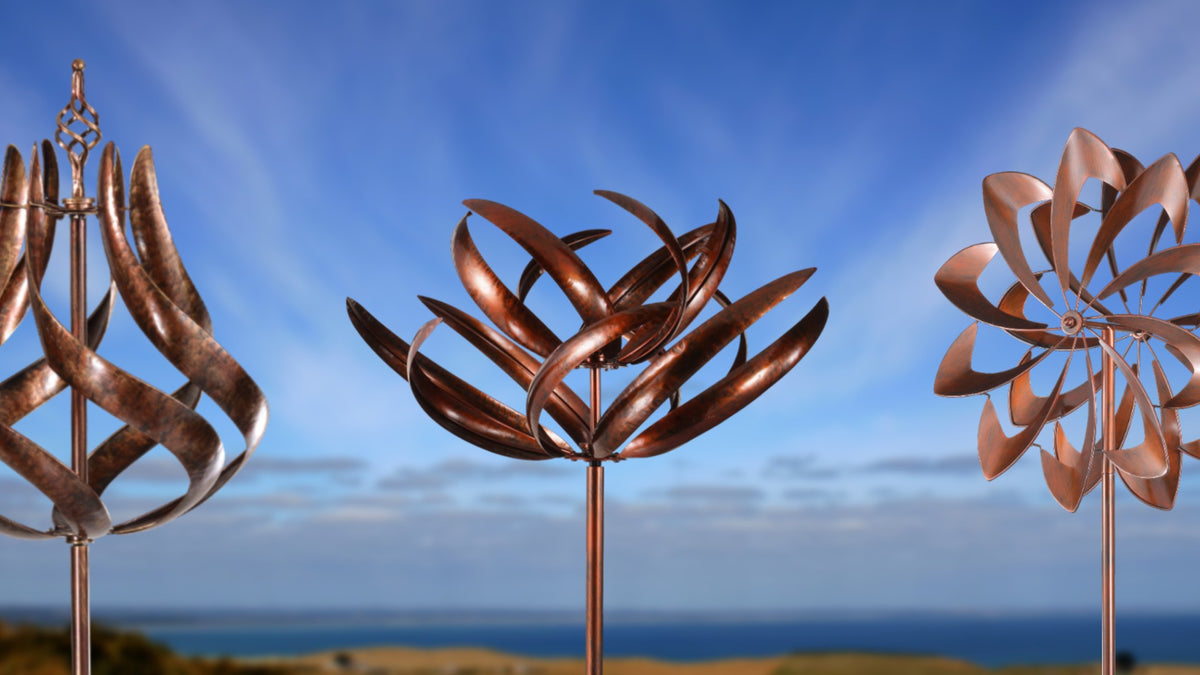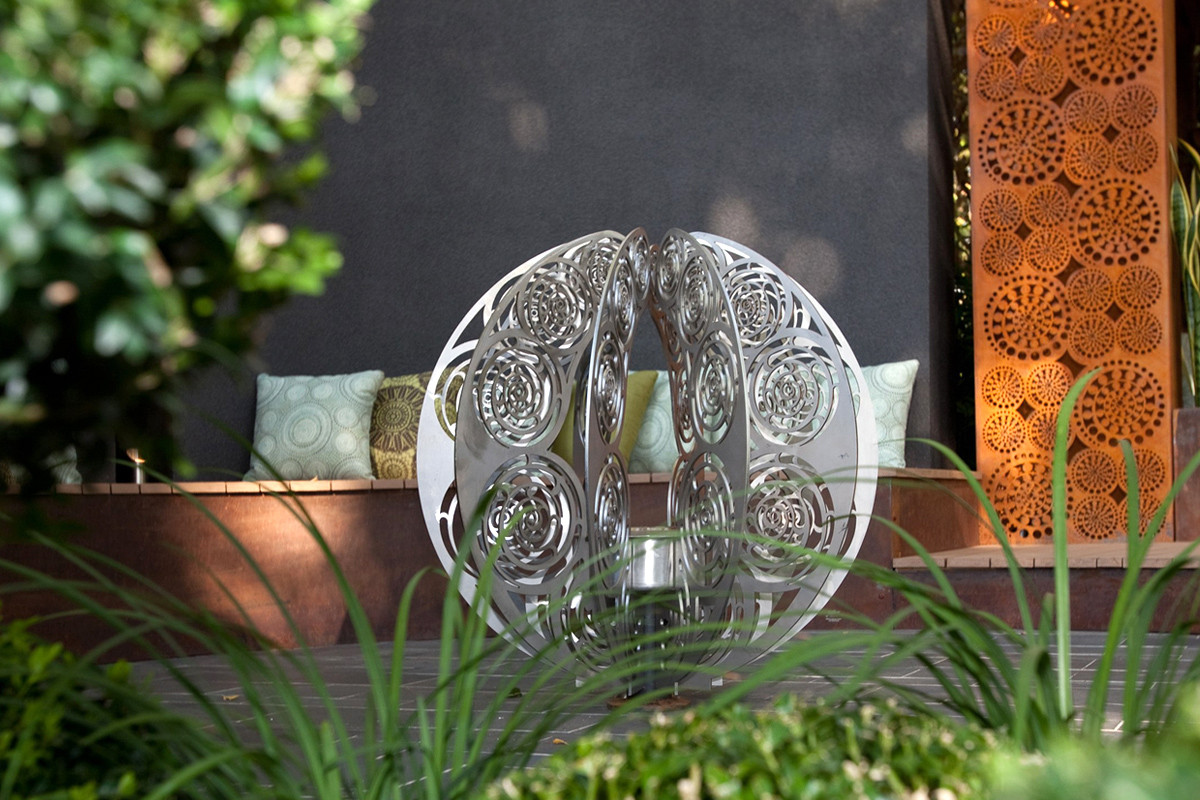Creating an outdoor sculpture is a rewarding and creative activity that combines art with practicality. However, ensuring safety is paramount, especially when dealing with tools and materials. In this article, we’ll delve into essential outdoor sculpture DIY safety tips to help you navigate your creative journey safely and effectively.

Understanding the Basics of Outdoor Sculpture
Before diving into safety specifics, it’s crucial to understand what outdoor sculpture entails. These are artworks designed to withstand weather conditions while adding aesthetic value to outdoor spaces. From metal to stone, the materials used can vary significantly, affecting the tools and safety measures required.
Choosing the Right Materials
Selecting the appropriate materials is the first step in ensuring safety. Materials like metal, wood, and stone each have their own handling requirements. For example, metal sculptures may require welding, which involves additional safety equipment and precautions.
Tools and Equipment
Having the right tools is essential for any DIY project. For outdoor sculptures, this might include welding machines, chisels, or metal cutters. Each tool comes with its own set of safety guidelines, which should be strictly followed to prevent accidents.
Essential Safety Gear for Outdoor Sculpture Projects
Proper safety gear is non-negotiable in DIY projects involving potentially hazardous materials and equipment. Here are some essential items:
- Protective eyewear: To shield your eyes from debris and sparks.
- Gloves: To protect your hands from sharp edges and hot surfaces.
- Respiratory masks: Essential when working with dust or fumes.
- Sturdy footwear: To protect your feet from falling objects.
Safe Handling of Tools and Materials
Understanding how to safely handle tools and materials is a critical part of any DIY project. Always read the manufacturers instructions and take the time to practice with each tool before using it on your project.
Welding Safety Tips
When working with metal, welding is often necessary. It’s important to follow specific welding safety tips, including using a welding mask, ventilating the area properly, and keeping a fire extinguisher nearby. For more detailed guidance, you can refer to this external resource.
Woodworking Safety
For those using wood, ensure your workspace is clean and organized. Use clamps to hold pieces steady and sharp tools to make clean cuts, reducing the risk of splinters or accidents.
Setting Up a Safe Workspace
A well-organized workspace is crucial for safety. Ensure your area is well-lit, ventilated, and spacious enough to move around freely. Keep a first aid kit on hand and make sure emergency contacts are easily accessible.
Maintaining a Clean Workspace
A clutter-free workspace reduces the risk of accidents. Regularly clean up debris and organize tools after use. This practice not only enhances safety but also improves efficiency.
Weather Considerations for Outdoor Projects
Weather can significantly impact the safety and outcome of your outdoor sculpture project. Plan your work around favorable weather conditions to avoid issues like moisture affecting materials or tools.
Protecting Materials from Weather
Store materials in a dry place and cover ongoing projects to protect them from rain or excessive sunlight. This precaution helps in preserving the integrity of your materials.
Learning and Practicing Safety Skills
Invest time in learning and practicing essential safety skills. This might include first aid, proper lifting techniques, or handling emergency situations. Continuous learning enhances your safety and confidence.
Online Resources and Courses
Utilize online resources and courses to improve your skills. Websites and tutorials can provide valuable information and practical advice. For more creative ideas and safety tips, check out this external link.
Conclusion
Creating an outdoor sculpture is a fulfilling endeavor that requires attention to safety at every step. By following these outdoor sculpture DIY safety tips, you can ensure a safe and enjoyable creative process. Remember, safety is a continuous commitment that enhances your experience and protects your well-being.

FAQs
- What materials are best for outdoor sculptures? Metals like steel and aluminum, as well as treated wood and stone, are commonly used.
- How can I ensure the longevity of my outdoor sculpture? Regular maintenance and weatherproofing measures are essential to protect it from environmental elements.
- Is professional training necessary for DIY sculpture projects? While not mandatory, professional training can enhance your skills and ensure safer handling of tools and materials.
This article contains affiliate links. We may earn a commission at no extra cost to you.

